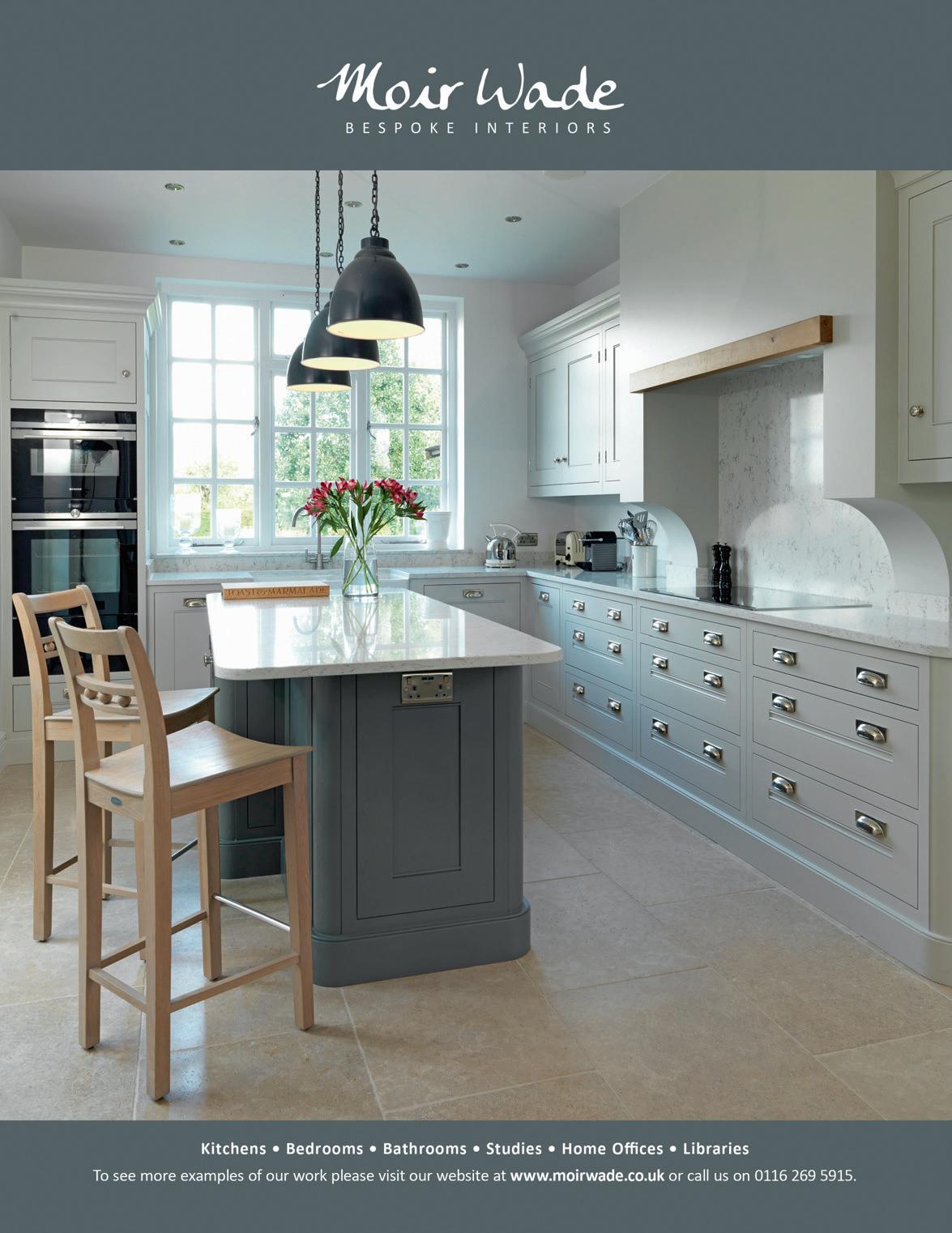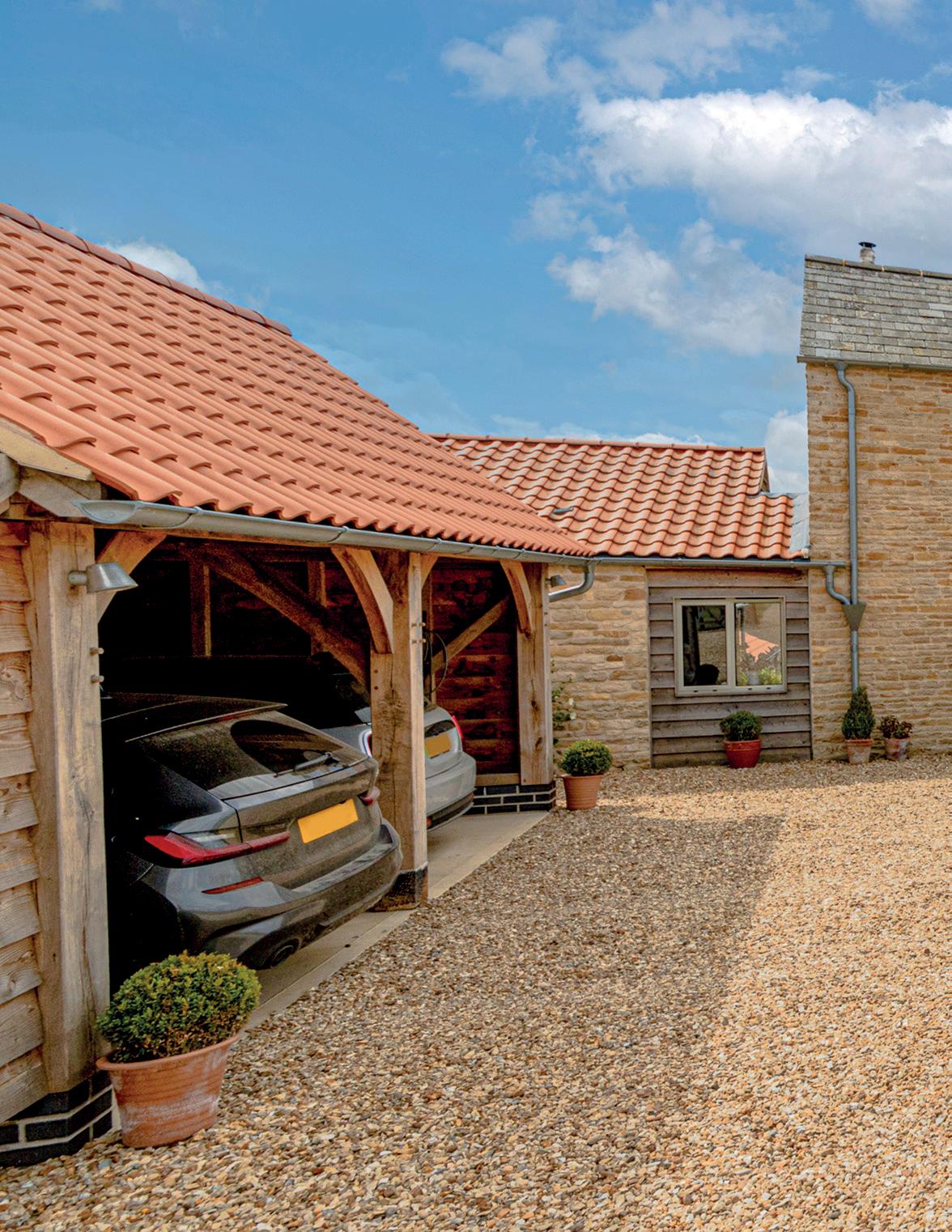
8 minute read
WELCOME HOME A beautiful
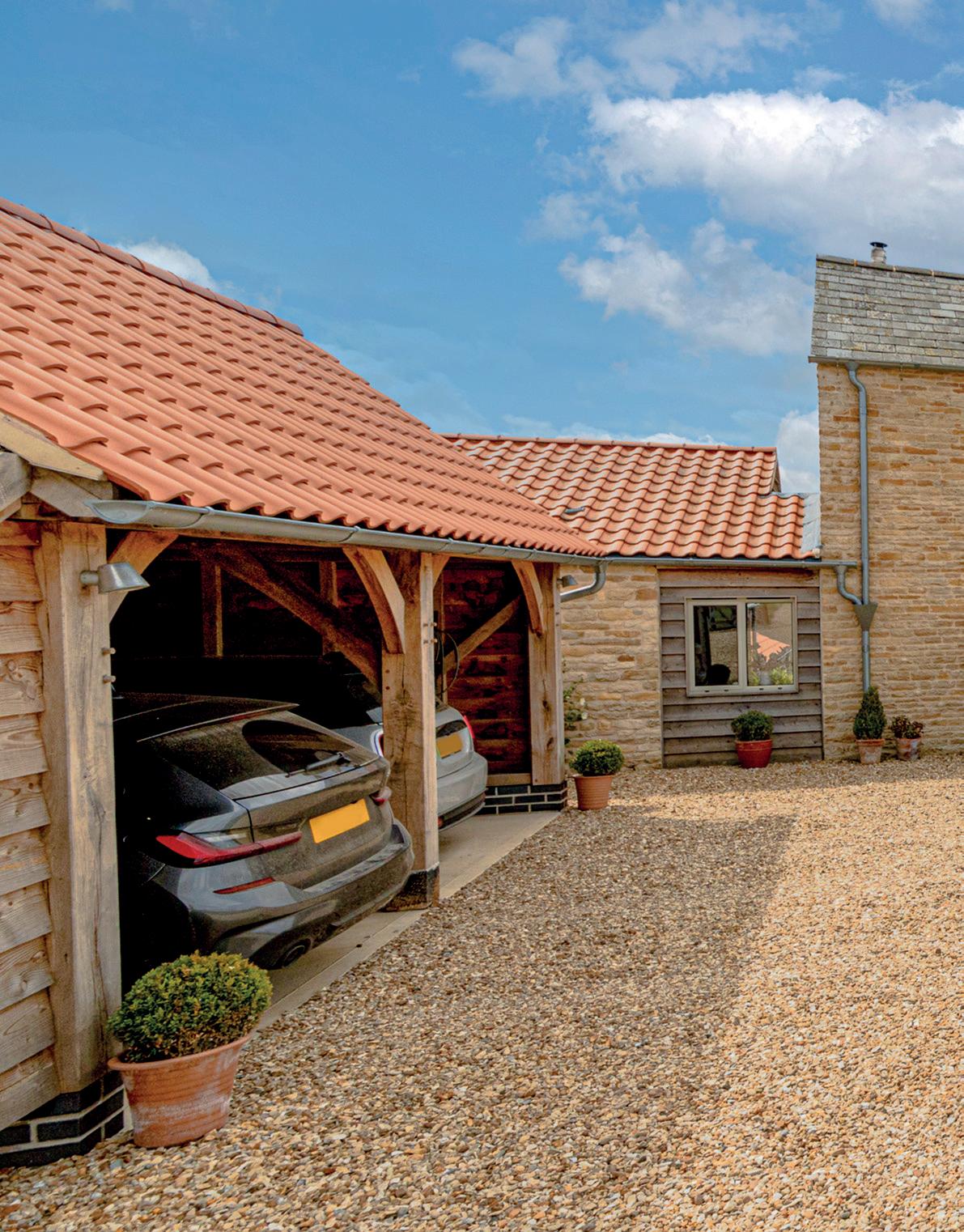
A Property You’ll Really Warm to... WING BARN, MORCOTT
Advertisement
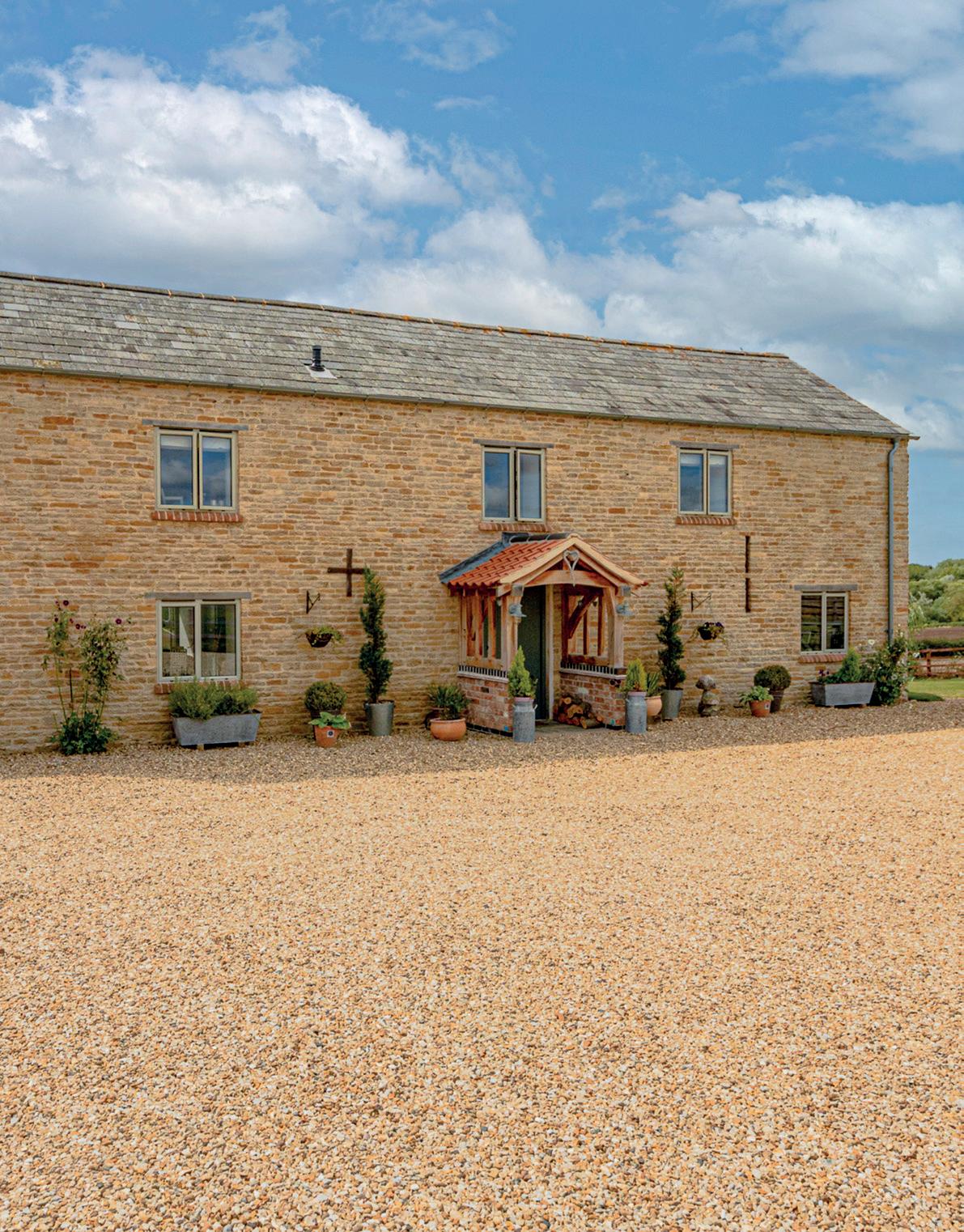
If ever there was a time to consider going off-grid, this is it. Happily, this month’s property generates a surplus of energy for eight months of the year. It’s also spacious, with an open-plan layout, and it enjoys 360-degree views of the local countryside including some stunning sunsets!

Words: Rob Davis.
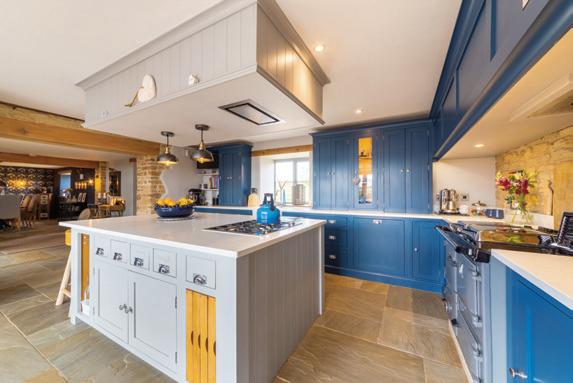
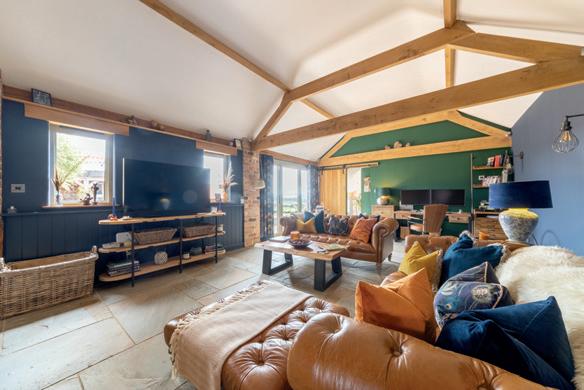
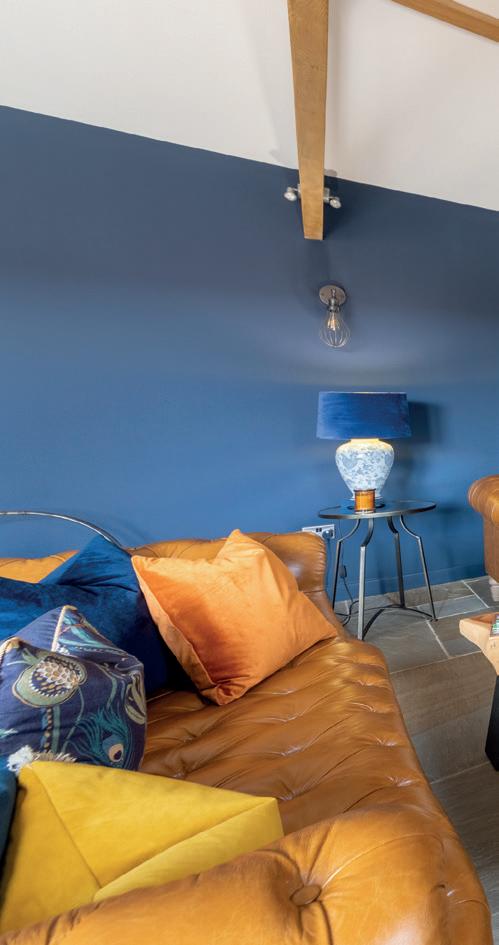
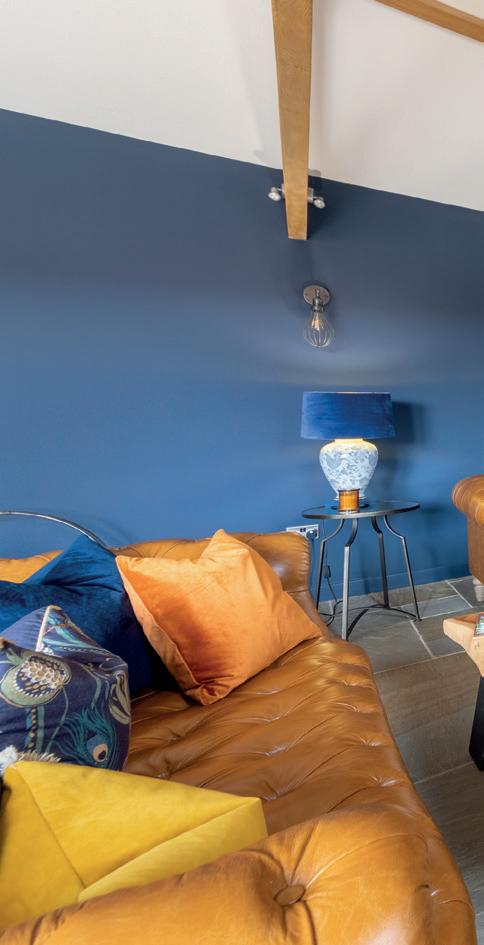
THE DETAILS Wing Barn, Morcott Oakham, Rutland
Location: Uppingham eight minutes; Oakham 13 minutes; Stamford 15 minutes. Provenance: Beautifully converted off-grid rural home set in 3.5 acres. Rooms: L-shaped open-plan living space with living and dining rooms, kitchen and entrance hall. Four bedrooms, with two en suites plus ‘Jack ‘n’ Jill’ en suite bathroom.
OIEO: £1,600,000.
Find Out More: James Sellicks, Market Place Oakham Rutland LE15 6DT. Call 01572 724437 or see www.jamessellicks.com. THE BEAUTIFULLY CONVERTED BARN of Stephen and Caroline Swarbrick is toasty warm right now. But it wasn’t always so. Back in 2018 Stephen was project managing its conversion from a redundant agricultural building and living in a mobile home on site just as the ‘Beast from the East’ was raging, rendering the couple snowed in, with icicles hanging off their noses. The place was originally built as a field barn in 1857, but happily it has escaped a Grade II listing. That made getting planning permission for its back-to-brick conversion significantly easier as Stephen and Caroline worked with Grantham architect David Todd to create their new home. As part of the conversion project, the place underwent all of necessary work to turn it from an agricultural building into the fully functioning modern home that exists today. Nothing too unusual there, but what is rather more unconventional is the fact that the property has been created off-grid. Water for the barn, for instance, comes via a 100 metre deep borehole with water pumped out and filtered from an underground aquifer.
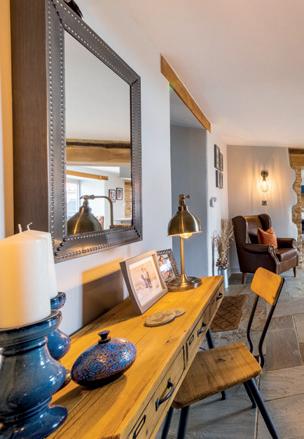
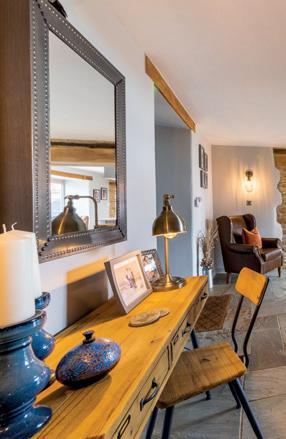
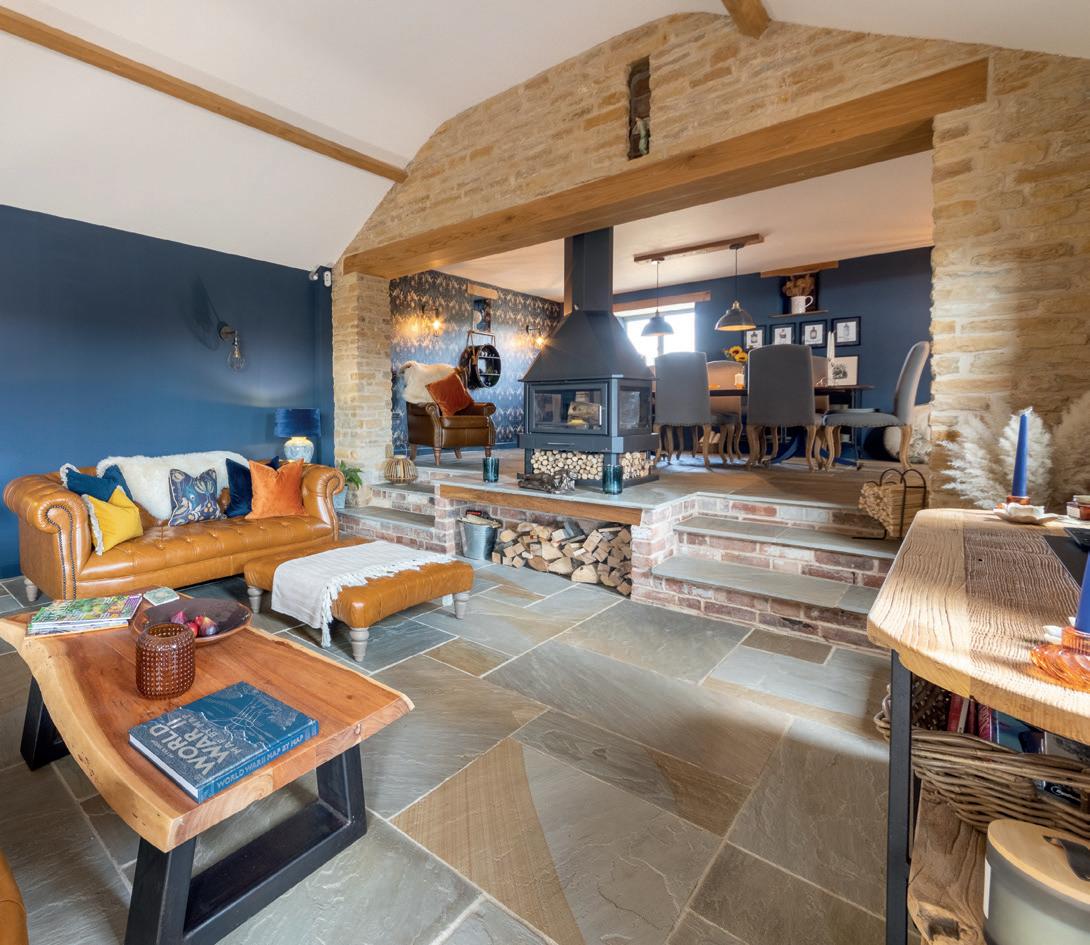
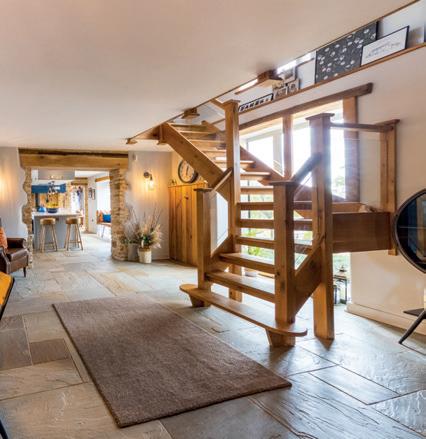
Electricity, meanwhile, is generated from a bank of solar panels totalling 6kW connected to a bank of batteries which stores it ready for use. Heating comes from a combination of LPG and biomass fuelled mainly by wood... and courtesy of a 16kW Bronpi wood burner in the property’s main reception room, hence why it’s now toasty warm. “Part of my brief to our renewable energy consultant was that, as far as possible, we wanted to be off-grid,” says Stephen. “It makes you much more conscious of how much energy you use, and for eight months of the year we were generating a surplus of energy.” “In fact, we’ve recently changed our car for an all-electric Mini to give us a way to make the most of the electricity we were generating. There’s no such thing as free energy, but when you factor in the cost of electricity, heating and water we reckon the place costs about a third of a conventionally fuelled house of the equivalent size to run.” At the heart of the property is its open-plan living space, which wraps around the courtyard and terrace. It comprises a kitchen and breakfast room, an entrance hall, dining room and a living room. The kitchen was created by Handmade Kitchens and is painted in two Farrow & Ball tones, Stiffkey Blue and Lamp Room Grey. There are white carerra quartz solid work surfaces and Smeg appliances including dishwasher, two fridge freezers, microwave and oven in addition to a Rayburn range cooker. There’s a separate utility room as well to keep family clutter like laundry and muddy boots out of the way. Also on the ground floor is two bedrooms with a Jack ‘n’ Jill en suite. There are two
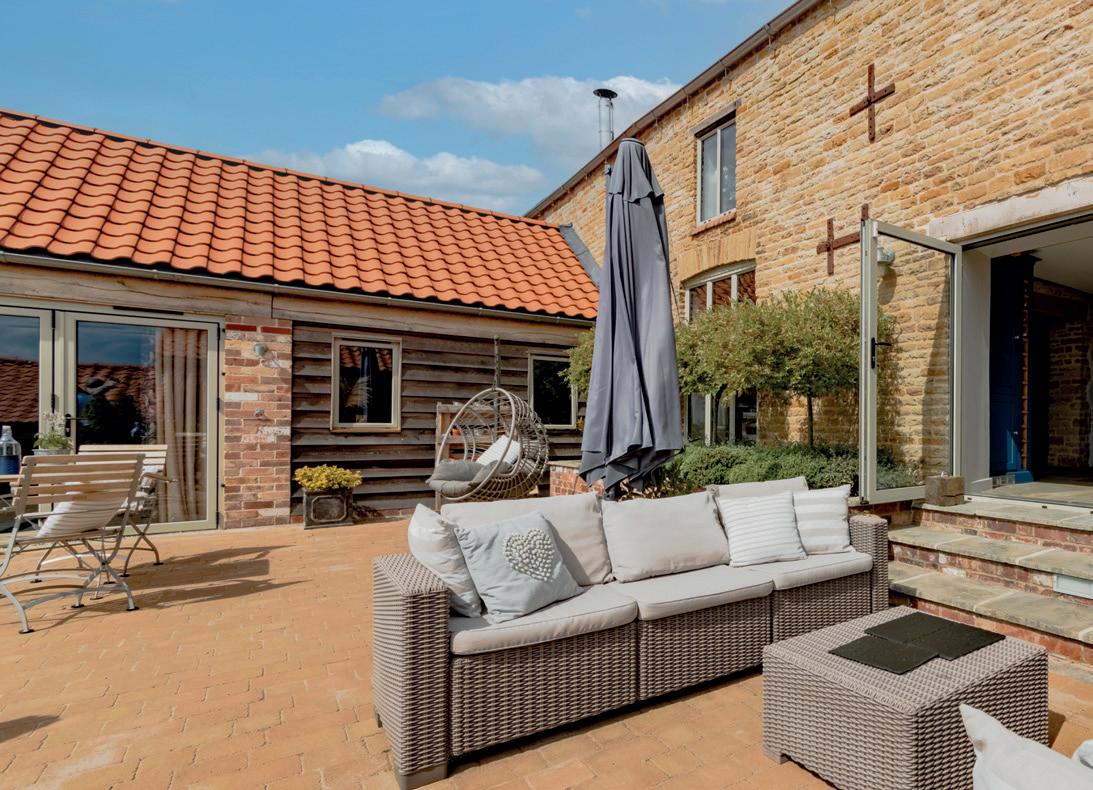
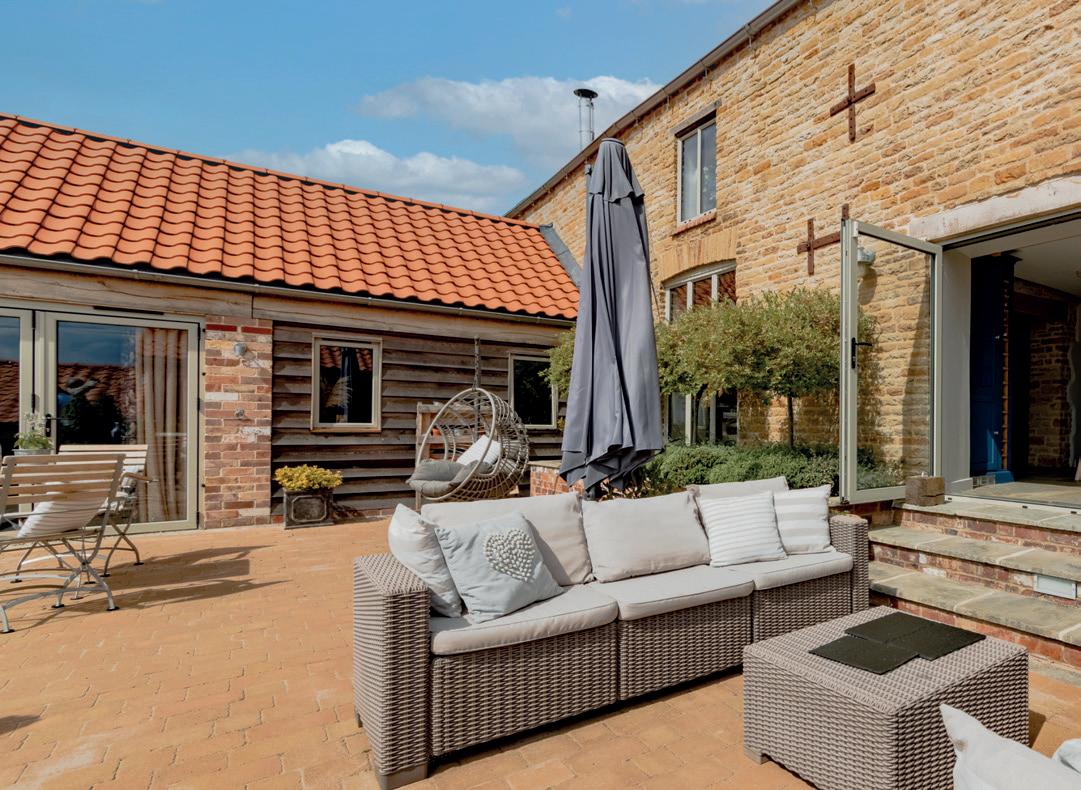
further bedrooms on the first floor, each with an en suite bathroom, and a total of 2,666ft2 of space over the two floors. Speaking of floors: downstairs, there’s beautiful Indian sandstone, and on the first floor, engineered oak floor boards. “There are really stunning sunrises over the village of Morcott and sunsets over Preston, with panoramic views through 360 degrees,” says Stephen. “The house is set within three and a half acres, and we’ve planted hornbeams, silver birches, walnut trees, poplars and willows. There’s a terrific variety of wildlife in the area too, like muntjacs, rabbits, pheasants and hares. The number of red kites we see is impressive, too... it’s a birdwatcher’s paradise.” “Having never project managed a conversion before I was probably quite ambitious – especially incorporating the technology to enable us to facilitate off-grid living. But alongside a really good team I think we’ve got it right, it’s been a fantastic place to live. We’d like to travel more, and it’s a large house, so we’re looking to downsize and have put the property on the market. It’s a splendid home though: isolated but still just 10 minutes from Uppingham, Oakham and Stamford. We’ll really miss it, but it’s definitely the kind of property that needs to be lived in.” n
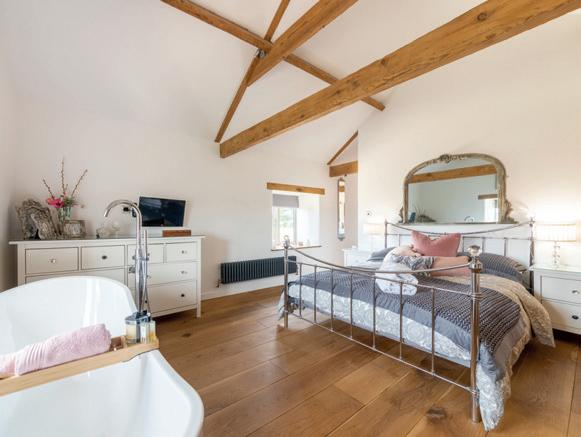
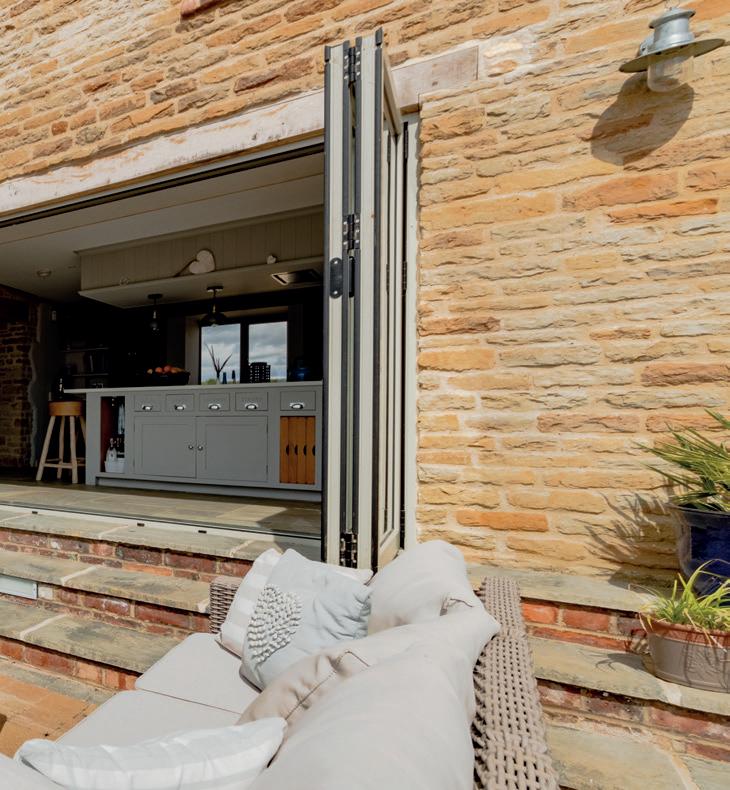

Guide Pride: £675,000
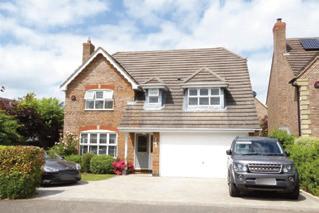
A substantial detached family home with double garage, ample parking and enclosed rear garden set on a good size plot within a desirable cul-de-sac and offering spacious accommodation with four double bedrooms and three receptions.
www.murrayestateagents.co.uk
n St Peter’s Street, Stamford
OIEO: £950,000

An attractive, quite substantial home with five bedrooms, two en suites, three large reception rooms and double garage adjacent to manageable rear garden with patio terrace. Open plan living kitchen and study.
www.fineandcountry.com n Great Lane, Greetham
Guide Price: £500,000
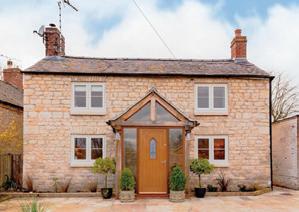
A gorgeous double-fronted stone cottage with oak-framed porch and exposed whitewashed stone walls plus timber beams. Two reception rooms, master bedroom with en suite, plus two further bedrooms, front and rear gardens.
Green living at home
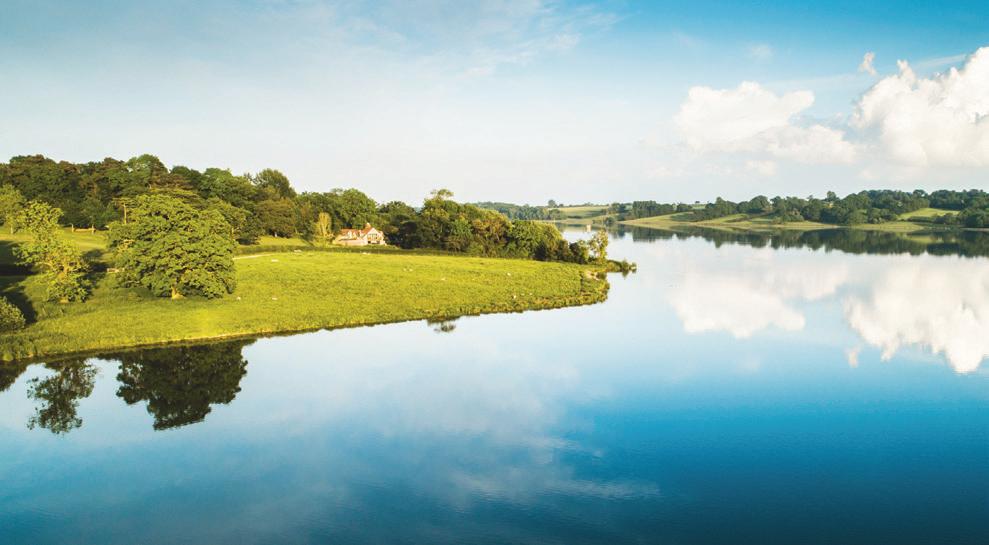
Whether motivated by saving money or environmental issues, more homeowners are attracted by the benefits of green living. Kate Vincent from Garrington Property Finders discusses how this is impacting property buying decisions in the local market.
With the cost-of-living skyrocketing and the need to become more eco-friendly ever greater, an increasing number of buyers are showing interest in a property’s eco-credentials when choosing a place to buy.
Looking for a property is seldom a buyer’s full-time job, which means juggling a home search along with the usual day to day responsibilities. Fully understanding a property’s energy efficiency, what this information means for outgoings, and if the efficiency can be improved is an increasingly necessary layer of scrutiny to build into a home search.
Scaling down
The upward shift in outgoings has led many to a reassessment of necessities and a reduction in the scale of their home. For example, those paying to heat a family sized house when they only regularly use one of the bedrooms are increasingly exploring downsizing to a property with more manageable outgoings.
This downsizing trend is also occurring in tandem with the rising appeal for recently built homes or older properties with much improved efficiency.
So, in an incredibly localised marketplace where availability and activity varies between postcodes, how can a house hunter ensure they make a well-informed purchasing decision surrounding a property’s green credentials?
Assessing a property’s efficiency
An Energy Performance Certificate (EPC) will help a buyer assess the efficiency of a property and the potential running costs. Admittedly a rather ‘blunt tool’ with price estimations that do not always match reality, they are a helpful gauge when comparing properties. As it stands, unless a property is a listed building, all properties for rent and sale need to have an EPC. Most estate agents only include the bar chart on their sales particulars showing the score from A to F. For those seriously considering a property, it is prudent to find the full version of the report on the UK Government website. The most efficient properties are categorised as A or B, although recent analysis of Land Registry data suggests only about 20% of properties sold nationwide achieved this rating in the past year. The full EPC report will include suggestions how a property’s efficiency may be improved, thus potentially reduce running costs and the carbon footprint.
Location is significant
One of the easiest ways to potentially reduce your carbon footprint and reduce outgoings is to choose a location that requires less use of the car. Buying a home within walking distance of schools, work, or close to good public transport or cycle routes means the daily reliance on the car can be reduced significantly. A local expert’s area knowledge is of great benefit to those relocating who are less familiar with a property’s surroundings. Travel is one of the most significant contributing factors and those wishing to lead a more environmentally friendly lifestyle should prioritise finding a property in the right location.
Get help
Whether you are downsizing to reduce outgoings or making a move and are conscious of choosing a property that lends itself to efficiency, there are multiple factors involved and the information to consider can be overwhelming. An experienced property finder supports clients in their assessment of a property in the context of their current and future needs, and if needed suggest local specialists to advise on the options to improve a property’s eco-credentials.
If you are considering moving and would like more information about how to better navigate your local property market, contact Kate Vincent to arrange a no-obligation discussion.
Kate Vincent Garrington
Tel. 01780 408377. Email info@garrington.co.uk www.garringtoneastmidlands.co.uk
